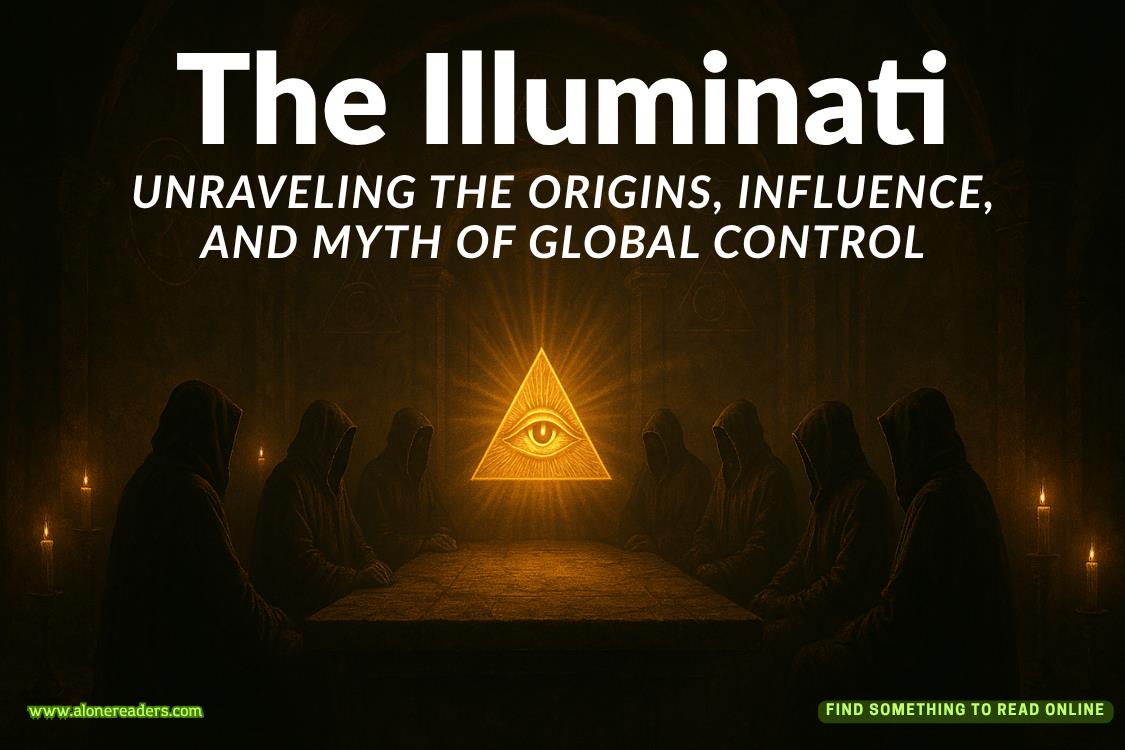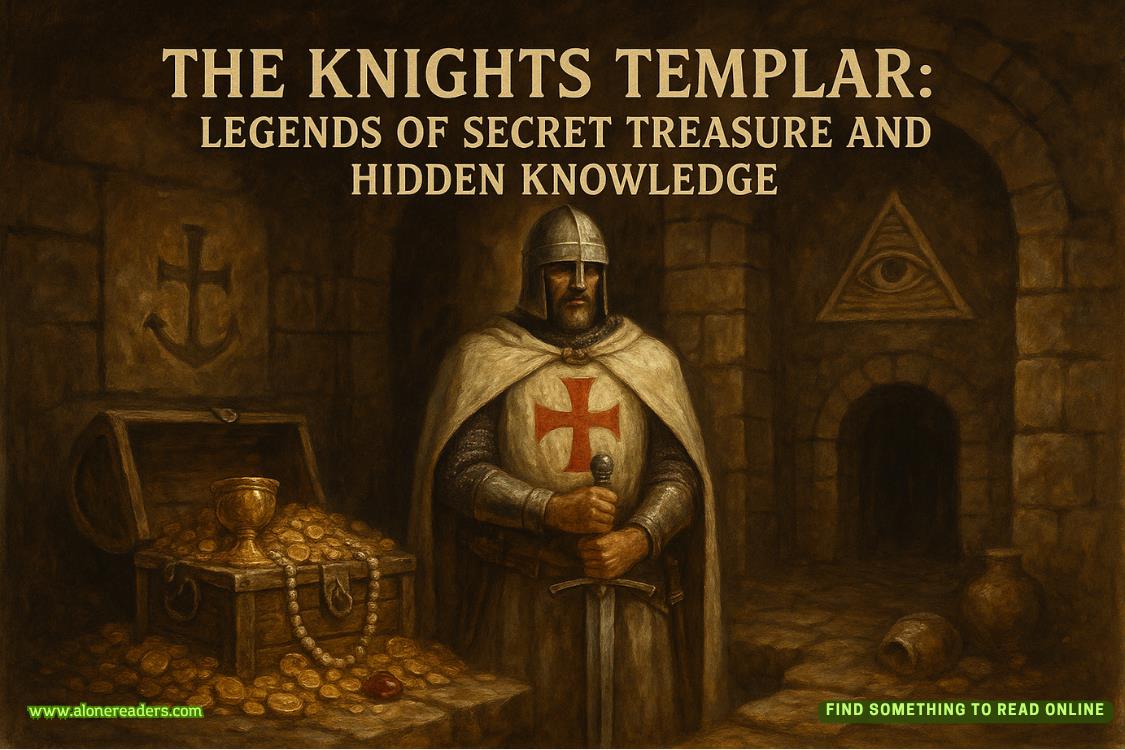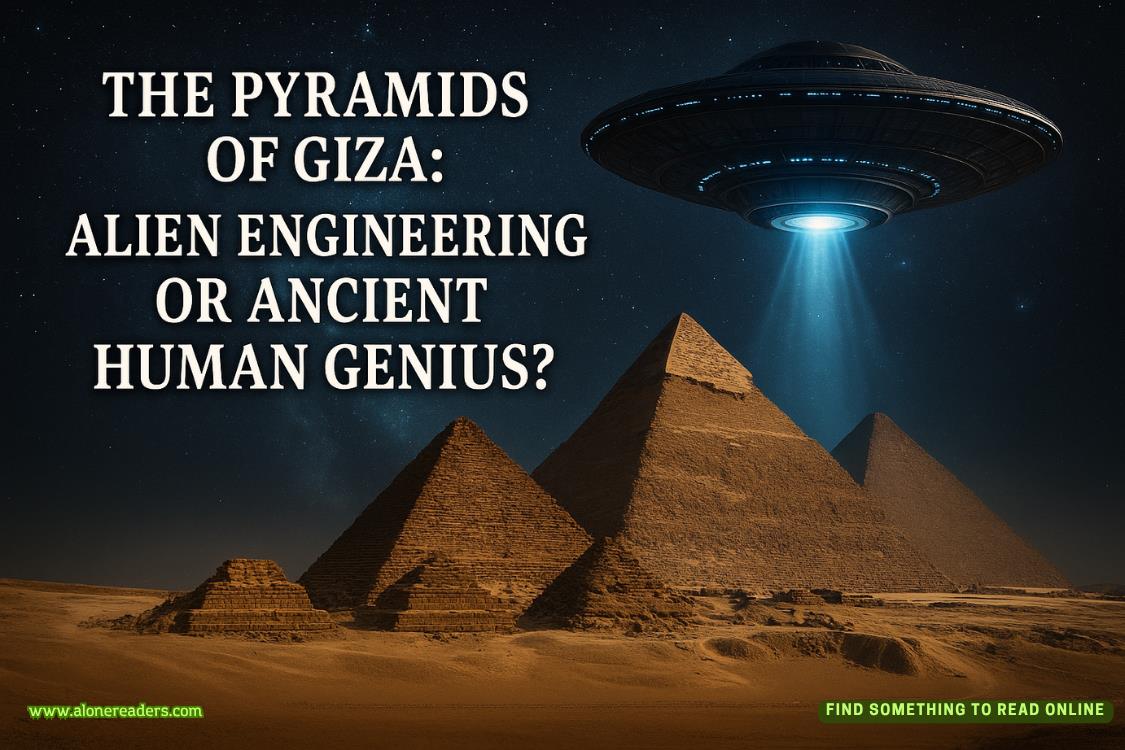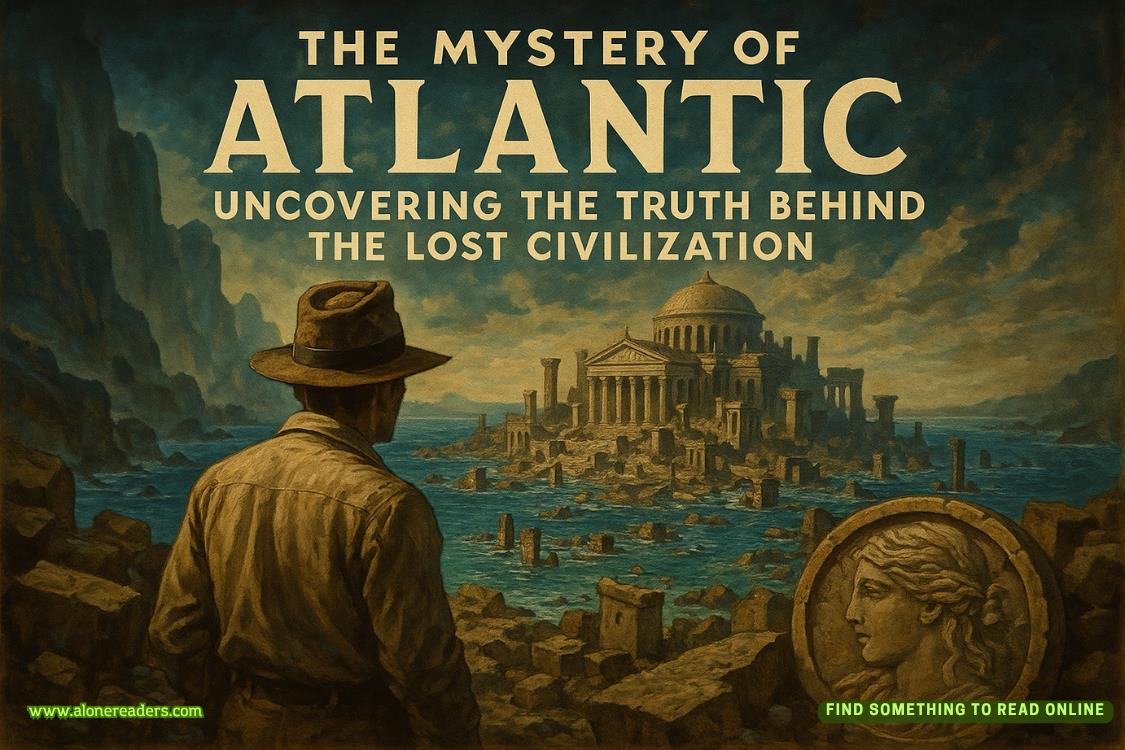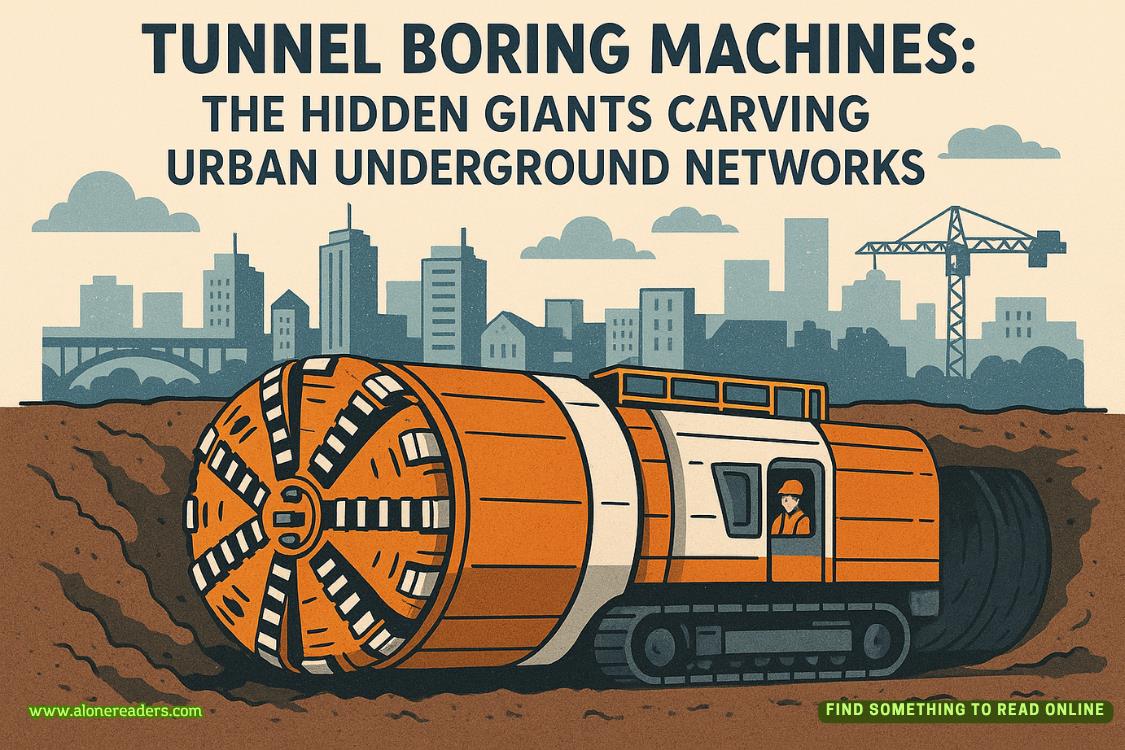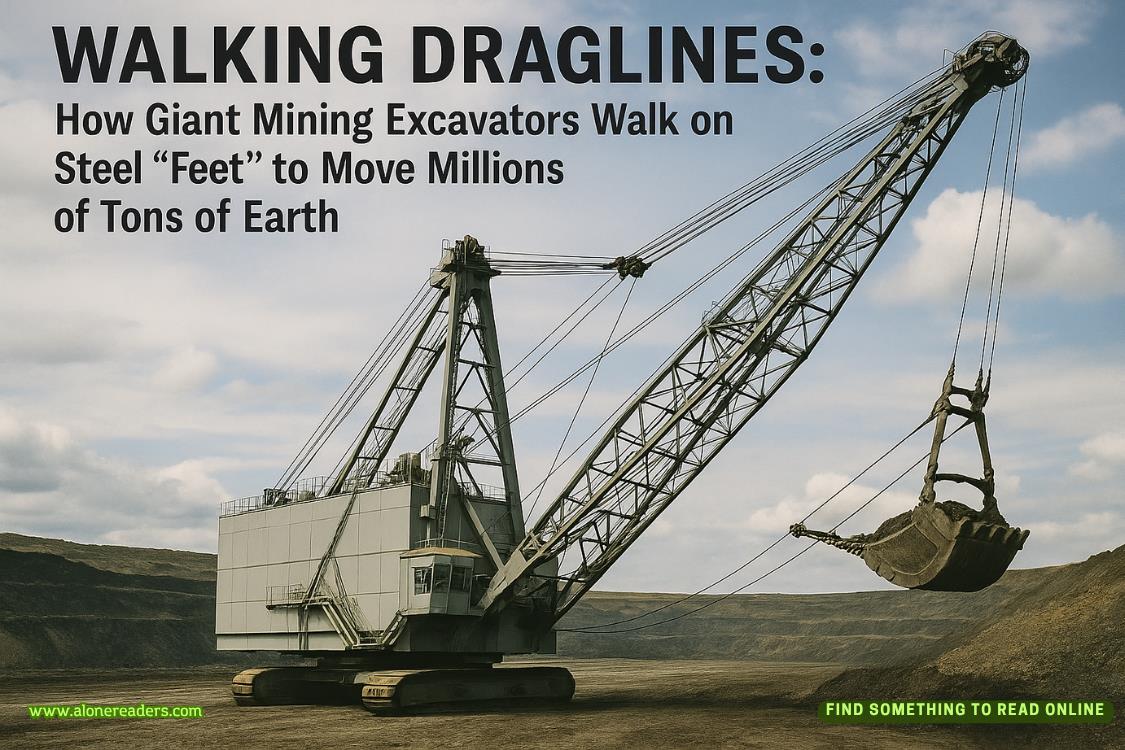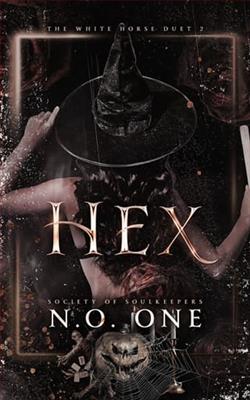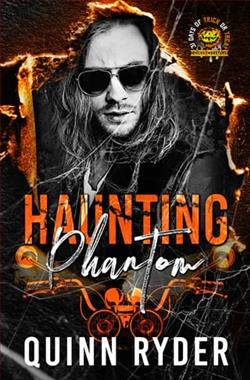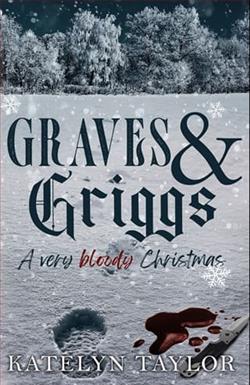Page 30 of The Devil Colony (Sigma Force 7)
A scream echoed over to Rafe. He stared across the rolling lawn to a dark mansion—on whose grounds they’d landed. He didn’t know who owned this estate, only that it was convenient to his plans. The home sat on the slope of Squaw Peak overlooking the city of Provo. He had handpicked this spot because of its proximity to Brigham Young University.
A muffled gunshot silenced the cry from the mansion.
There could be no loose ends.
His second-in-command, a German mercenary named Bern, formerly a member of the special forces of the Bundeswehr, stepped before him, dressed all in black. He was tall, blond, blue-eyed, Aryan from head to toe, a mirror image to Rafe’s darker self.
“Sir, we’re ready to proceed. We have the targets isolated in one of the campus buildings with all access points watched. We can take them on your orders.”
“Very well,” Rafe said. He despised using English, but it had become the common language among mercenaries, fittingly enough considering the crudeness and lack of true subtlety of the tongue. “But we need them alive. At least long enough to secure the gold plates. Is that understood?”
“Yes, sir.”
Rafe pointed his cane toward the campus. He pictured the girl and the older man, fleeing on horseback. While his team had been outfoxed by a clever ploy, it was only a momentary setback. From video of that hunt and by means of facial-recognition software, he’d identified the Indian on horseback. It hadn’t taken long to determine that the historian had returned to where he felt the safest, to the bosom of his university. Rafe smiled at such simplemindedness. While the pair had escaped his snare once, that would not happen again.
“Move out,” he ordered, and hobbled toward the mansion. “Bring them to me. And do not fail this time.”
10:40 P.M.
“What do you mean by an Indian curse?” Painter asked.
Professor Kanosh held up a palm. “Hear me out. I know how that sounds. But we can’t dismiss the mythology surrounding that cavern. For ages, the Ute elders, those who passed shamanic knowledge from one generation to another, claimed that anyone who entered that sacred burial chamber risked bringing ruin to the world for their trespass. I’d say that’s pretty much how it unfolded.”
Kowalski made a scoffing noise deep in his throat.
The professor shrugged. “I think there must have been a kernel of truth in those old stories. A proverbial warning against removing anything from that cave. I believe that something unstable was hidden there for centuries, and our attempt to transport it out caused it to explode.”
“But what could it be?” Painter asked.
Across the table, Kai shifted in her seat. The answer to that question was plainly important to her, too.
“When Maggie and I first lifted the golden skull from its pedestal, I found it to be unusually cold, and I felt something shift inside it. I think Maggie felt it, too. I suspect something was hidden inside that totem, something valuable enough that it was sealed inside a fossilized skull.”
A corner of Kowalski’s lips curled in distaste. “Why pick a skull for that?”
The professor explained: “In many Indian gravesites, prehistoric fossils have been found buried with the dead and were clearly revered. In fact, it was an Indian who first showed the early colonists the location of rich fossil beds, where the remains of mastodons and other extinct beasts sparked the imagination of the scientists of that era. There were heated debates among the colonists, some even involving Thomas Jefferson, about whether such beasts still lived out west. So if these ancient Indians needed a vessel to secure something they considered sacred—and possibly dangerous—a prehistoric skull would not be an unexpected choice.”
“Okay,” Painter said. “Assuming you are correct, what might that be? What were they hiding?”
“I have no idea. At this point, it has yet to be determined if the mummified bodies found in the cavern are even Native Americans.”
At Painter’s side, the physics professor cleared his throat. “Hank, tell him about the carbon-14 dating of the remains.”
Painter’s gaze shifted from one professor to the other.
When Kanosh was slow to answer, Professor Denton spoke in a rush, impatient and excited. “The archaeology department dated the bodies to the early twelfth century. Well before any Europeans ever set foot in the New World.”
Painter didn’t understand the significance of this information or why Denton seemed so worked up about it. The dating simply lent credence to the fact that the bodies were Native American.
Denton reached to the table and slid the old dagger toward Painter. He remembered the physics professor gesturing with the same blade earlier.
“Take a closer look at this,” Denton said.
Painter took the knife and flipped it over in his hands. The hilt was yellowed bone, but the blade looked to be steel, with a handsome, almost watery sheen across its surface.
“The dagger was recovered from the cave,” Kanosh explained.
Painter looked up sharply.
“The local boy who escaped the chamber after the murder-suicide fled with this knife in hand. Afterward, we confiscated it from him, as it’s illegal to remove relics from an Indian burial site. But the unusual nature of the blade required further investigation.”
Painter understood. “Because Indians of that time didn’t have the technology to make steel.”
“That’s right,” Denton said, staring significantly at Kanosh. “Especially this type of steel.”
“What do you mean?” Painter asked.
Denton returned his focus to the dagger. “This is a rare form of steel, identifiable alone by its unusual wavy surface pattern. It’s known as Damascus steel. Such metal was forged only during the Middle Ages in a handful of foundries in the Middle East. Legendary swords made from this steel were prized above all others. It was said they held the sharpest edge and were all but unbreakable. Yet the exact method of their forging was kept secret and eventually lost sometime during the seventeenth century. All attempts to replicate it failed. Even today—while we can produce steel as hard, if not harder—we still can’t make Damascus steel.”
“Why’s that?”
Denton pointed to the towering electron microscope humming in the neighboring alcove. “To make sure my initial assessment was correct, I examined the steel at the molecular level. I was able to verify the presence of cementite nanowires and carbon nanotubes within the metal. Both are unique characteristics of Damascus steel and give the material its high resilience and toughness. Universities around the world have been studying samples of this steel, trying to figure out how it was made.”
